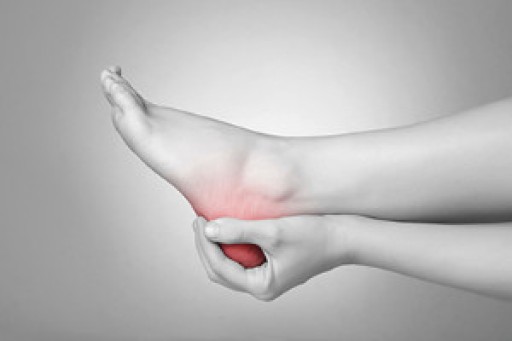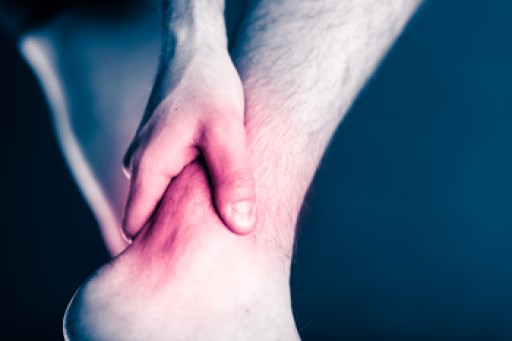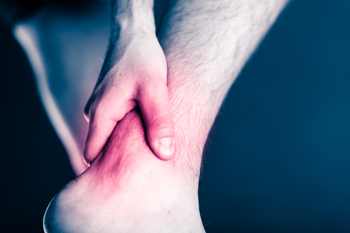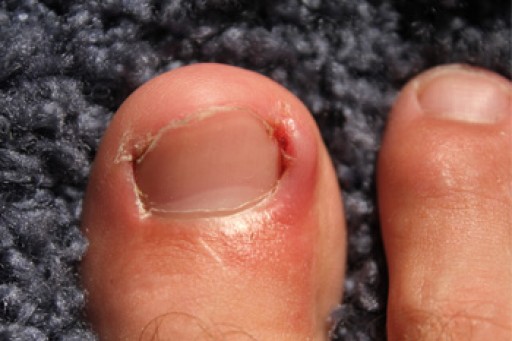 Heel pain can be debilitating, and it can develop due to a variety of causes. While it is most common among seniors, heel pain can occur at any age. The most common cause of heel pain is plantar fasciitis. This occurs when the plantar fascia, the tissues that connect the heel to the toes along the bottom of the foot, becomes inflamed. This causes the tissues to pull on and ultimately stress the heel. Plantar fasciitis can also lead to heel spurs. These occur when there are calcium deposits on the bottom of the heel bone that protrude out. Another common cause of heel pain is atrophy of the fat pad on the heel. Children, especially if they are active, who are suffering from heel pain may have Sever’s disease. This occurs when the bones in the calves grow faster than the Achilles tendon, which connects the heel bone to the calf muscle. If you are suffering from heel pain that won’t subside, consult with a podiatrist for a proper diagnosis and treatment method.
Heel pain can be debilitating, and it can develop due to a variety of causes. While it is most common among seniors, heel pain can occur at any age. The most common cause of heel pain is plantar fasciitis. This occurs when the plantar fascia, the tissues that connect the heel to the toes along the bottom of the foot, becomes inflamed. This causes the tissues to pull on and ultimately stress the heel. Plantar fasciitis can also lead to heel spurs. These occur when there are calcium deposits on the bottom of the heel bone that protrude out. Another common cause of heel pain is atrophy of the fat pad on the heel. Children, especially if they are active, who are suffering from heel pain may have Sever’s disease. This occurs when the bones in the calves grow faster than the Achilles tendon, which connects the heel bone to the calf muscle. If you are suffering from heel pain that won’t subside, consult with a podiatrist for a proper diagnosis and treatment method.
Many people suffer from bouts of heel pain. For more information, contact one of our podiatrists of Foot Health Center of Merrimack Valley. Our doctors can provide the care you need to keep you pain-free and on your feet.
Causes of Heel Pain
Heel pain is often associated with plantar fasciitis. The plantar fascia is a band of tissues that extends along the bottom of the foot. A rip or tear in this ligament can cause inflammation of the tissue.
Achilles tendonitis is another cause of heel pain. Inflammation of the Achilles tendon will cause pain from fractures and muscle tearing. Lack of flexibility is also another symptom.
Heel spurs are another cause of pain. When the tissues of the plantar fascia undergo a great deal of stress, it can lead to ligament separation from the heel bone, causing heel spurs.
Why Might Heel Pain Occur?
- Wearing ill-fitting shoes
- Wearing non-supportive shoes
- Weight change
- Excessive running
Treatments
Heel pain should be treated as soon as possible for immediate results. Keeping your feet in a stress-free environment will help. If you suffer from Achilles tendonitis or plantar fasciitis, applying ice will reduce the swelling. Stretching before an exercise like running will help the muscles. Using all these tips will help make heel pain a condition of the past.
If you have any questions please contact one of our offices located in North Andover, and Tewksbury, MA . We offer the newest diagnostic and treatment technologies for all your foot and ankle needs.

















